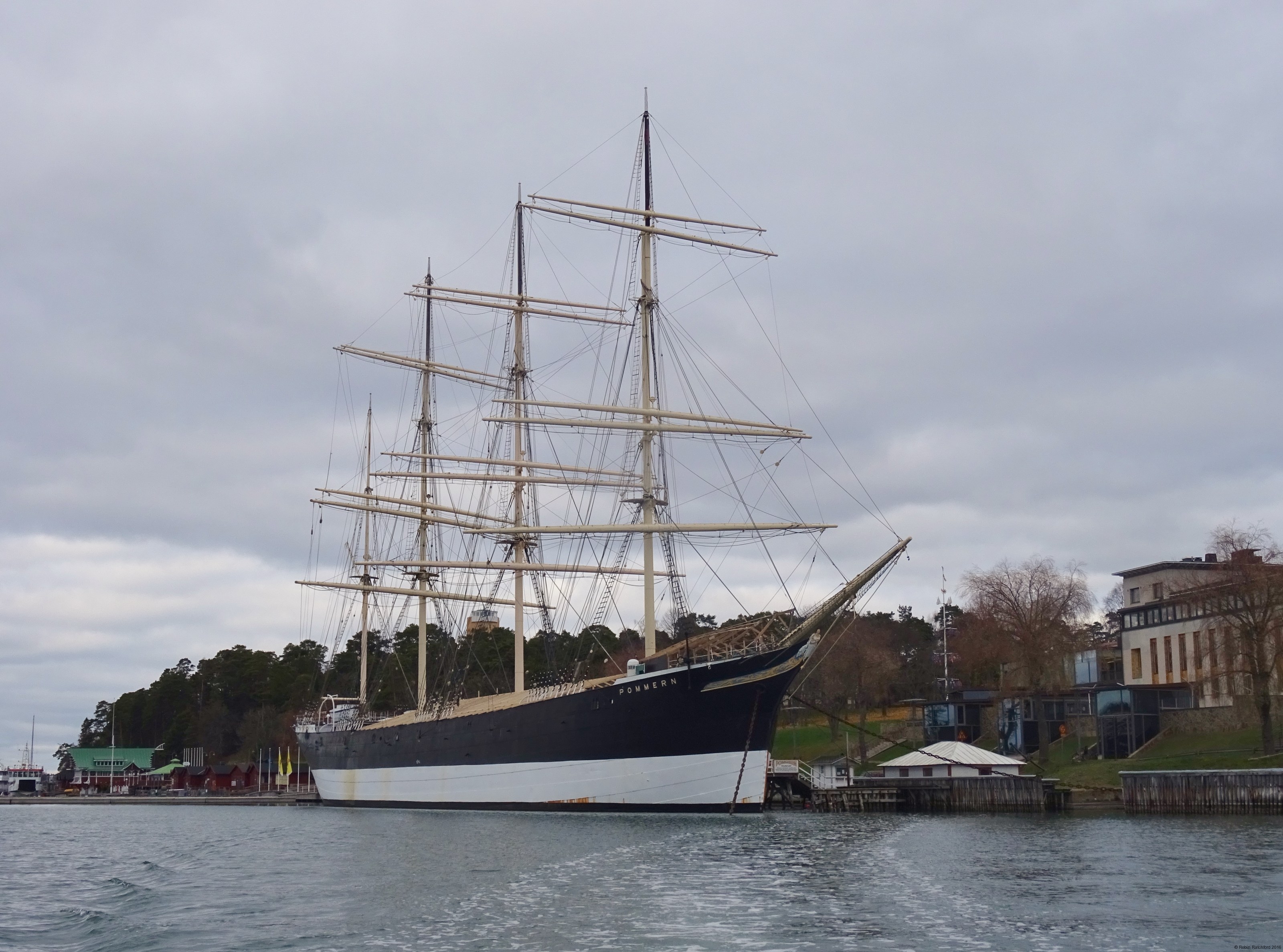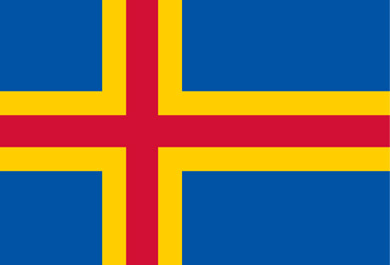Åland
An Archipelago in Autumn

Åland is a group of islands at the entrance to the Gulf of Bothnia in the Baltic Sea, just 38 km from Sweden and 25 minutes from Stockholm in a small propellor plane. Home to some 29,000 people, Åland is part of Finland but has autonomous status.
It is the only region in Finland where technically Swedish is the only language – some parts of Finland’s west coast are bi-lingual Swedish and Finnish and, of course, most Finns speak Finnish.
I had been wanting to visit Åland – or Ahvenanmaa to give it its Finnish name – for some time. Most people holiday there during the short summer when the days are long and temperatures pleasantly warm.
I decided to go in November.
Apart from the cold, the downside of going off season was that various sites such as Kastelholm Castle, the old Russian-built Post and Customs House and some of the museums were closed. And, of course, the days are much shorter. The other side of the coin was that I got to experience Åland’s rugged beauty without the crowds.
Click on the photographs to enlarge and see the captions:
In the 1200s, Finland and Åland became part of the Swedish empire. By the 17th century, Sweden was a great power and ruled much of the lands around the Baltic. In 1809 Sweden lost the Finnish War with Russia and had to cede both Finland and Åland to the victor.
Finland became a Grand Duchy under Russian control and only gained independence in 1917. When it did, Ålanders voted to become part of Sweden again but Finland instead granted them autonomy with the right to keep their Swedish language and culture. Åland’s strategic position meant it had been occupied by various countries over the centuries, so part of the autonomy deal was that it would be demilitarised.
Åland has its own flag – a red Nordic cross on a yellow cross against a blue field – and issues its own postage stamps. It even has its own internet top level domain – .ax.
The diminutive capital, Mariehamn, is on Fasta Åland, meaning the ‘mainland’ where most of the people live. The rest are scattered across 80 smaller islands which, together with some 6,700 islets and thousands more sea-washed rocks, make up the archipelago.
Unsurprisingly, Åland has many historical links to the sea, both through fishing and shipping. One place of interest that was open when I visited was the island’s excellent Maritime Museum. Sadly, though, it was not possible to board the four-masted ship Pommern moored outside which forms part of the museum as it is undergoing repairs until 2018.
Today, Ålanders have a high standard of living but it was clear from the displays in the Culture and History Museum – also open all year round! – that their ancestors had a much harder time. Visiting the islands in November with icy winds blowing in from the Baltic made me appreciate how tough life must have been.
Driving round, if the road signs are to be believed, one has to be careful of elk crossing the road: in a collision with a 700 kg animal nobody comes off well. To my disappointment, however, I did not spot any of these giant deer, even from a safe distance. There was plenty of wildfowl, though – ducks, swans and sea birds – bobbing about on the water or flying overhead.
As often seems to be the case in these latitudes, bare rock punctuates the islands’ undulating landscape of fields and woodland, as if there is not enough soil to cover it all. Villages with sturdy medieval churches and wooden windmills dot the countryside.
It is the end of autumn and few leaves remain on the trees. In summer, the islands are lush and green and the days are so long the sun hardly sets below the horizon. Yet I am not sure if I would prefer Åland in the high season with its swarms of holidaymakers. For now, I am happy to experience the place as it is.
RETURN


